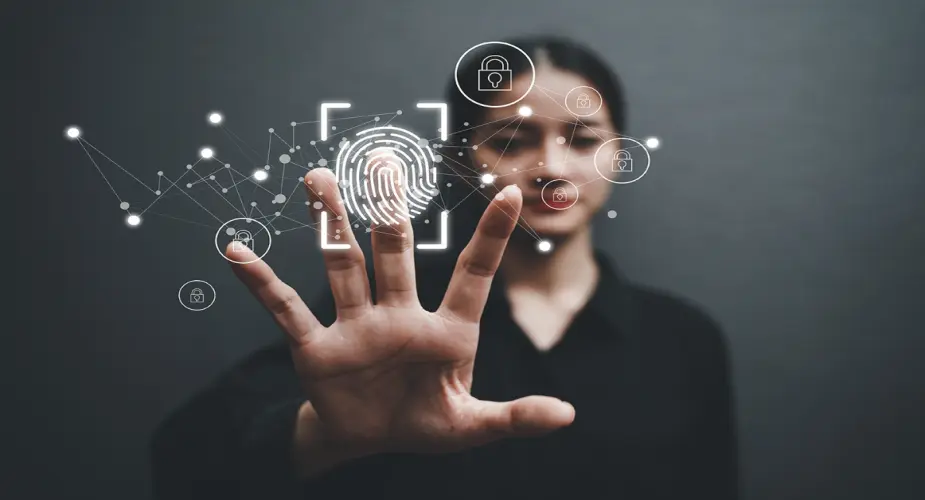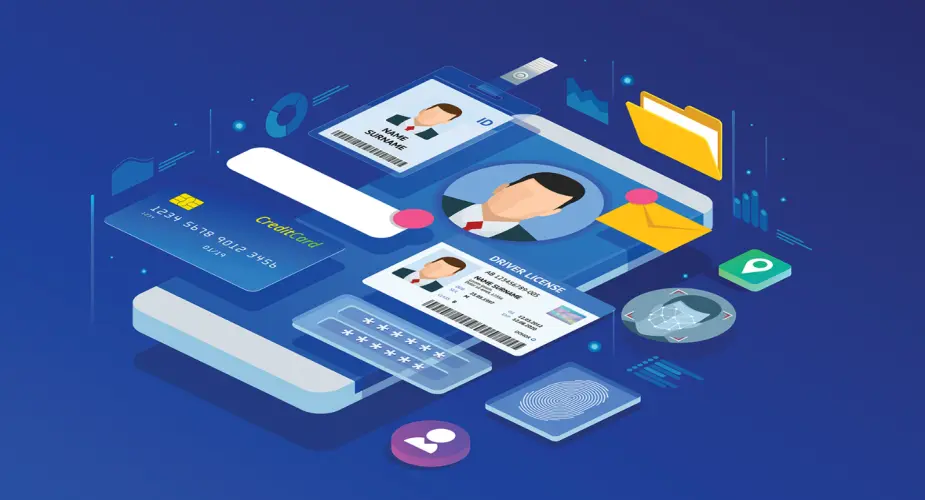In this digital age with our lives interconnected with the world of online and our digital identities are constantly being questioned, protecting our digital identity is essential. From personal data as well as financial transactions are entrusting the bulk of our daily lives in the online world. But with the ease connectedness comes the danger of cyber-attacks, which makes it essential to know the science behind protecting our digital identities. In this thorough guide, we explore the intricate details of security for digital devices by examining the fundamental principles and strategies to protect your online identity.
Understanding Digital Identity
Before we get into the science behind protecting the information, we must first understand the notion of digital identification. Your digital identity includes all the data that define you on the internet. This includes passwords, usernames and usernames as well as biometric information such as your online activity, and many more. In essence, it’s the digital persona of you on various platforms.
The Importance of Securing Your Digital Identity
The importance of safeguarding your digital identity cannot be overemphasized. Any breach in security can have severe negative consequences, such as identity theft as well as reputational damage, financial loss and even legal consequences. In today’s connected world compromised digital identities could cause enough harm, impacting not just individuals but also companies and government.
The Science Behind Digital Security

Digital security is the combination of technology methods, techniques, as well as desirable methods to protect your digital identity from unauthorized access and other malicious actions. In the simplest sense, digital security is the fundamental principle.
1. Encryption: The process of encryption involves making data secure in format which is only readable or access by authorized persons. It requires the use of algorithms that scramble data, rendering it inaccessible to anyone who does not have the encryption key.
2. Authentication: The process involves confirming the identity of individuals or devices that attempt to access a system, or online service. It typically involves using biometrics, passwords and security tokens or multi-factor authentication techniques for warrant users only authorized users obtain access.
3. Firewalls: Firewalls function as a barrier between an internal network that is trusted and external networks that are not trusted, like the internet. They control and monitor the flow of network traffic in accordance with pre-determined security guidelines and prevent unauthorized access and deterring cyber-attacks.
4. Secure Protocols: Firewalls serve as a buffer between a secure internal network and external networks that are not trusted, like websites. They monitor and regulate outgoing and inbound network traffic according to predetermined security guidelines, thus blocking access by unauthorized users and stopping cyberattacks.
5. Security Updates and Patches: The regular updating of operating systems, software, as well as security updates is essential in addressing weaknesses and vulnerabilities that could be exploited by cyber-attackers.
6. Security Awareness: Informing users on the importance of cybersecurity and in promoting perfect practices, like creating strong passwords, staying clear of scams that involve phishing and being wary of attachments and links that are suspicious are essential to build an environment of security awareness.
Best Practices for Securing Your Digital Identity
1. Use Strong and Unique Passwords: Avoid together passwords that are easy to guess instead, choose lengthy, complicated combinations of numbers, letters and symbols. Also, make sure to make sure to use distinct passwords on each account online to reduce the chance of a single security breach damaging many accounts.
2. Enable Multi-Factor Authentication: Use multi-factor authentication whenever you can to deliver an additional level of protection for your account. It typically involves the use of something you already know (e.g. the password, for instance) with something you own (e.g. the security token or biometric authentication).
3. Keep Software Updated: Always ensure that you are updating your system’s operating systems, applications programs and security tools to patch existing security holes and defend against new threats.
4. Be Cautious of Phishing Attempts: Be cautious when clicking hyperlinks or downloading attachments from suspicious or unknown sources, because they could be phishing scams that are designed to obtain your personal information or to install malware on your device.
5. Secure Your Wi-Fi Network: Protect your Wi-Fi network at home by together a strong password and encryption protocols (e.g., WPA2 or WPA3) to block unauthorized access by cyber criminals.
6. Monitor Your Accounts Regularly: Always monitor your bank accounts and credit card statements and your online profile for suspicious transactions or unusual activity. Make sure to report any irregularities immediate to your bank or service providers.
7. Use Secure Connections: Beware of accessing sensitive information, or performing financial transactions on public or unsecure Wi-Fi networks which could be susceptible to being intercepted by cybercriminals.
Conclusion:
Protecting your digital identity isn’t an event that happens once, but rather an ongoing commitment to implementing and maintaining a robust security practice. When you understand the fundamentals of cybersecurity and adopting excellent methods, you will reduce the chance of becoming a vulnerable to cyber-attacks and protect your online identity. Keep in mind that you digital persona is precious and its protection is a top concern in today’s world of connectedness.






